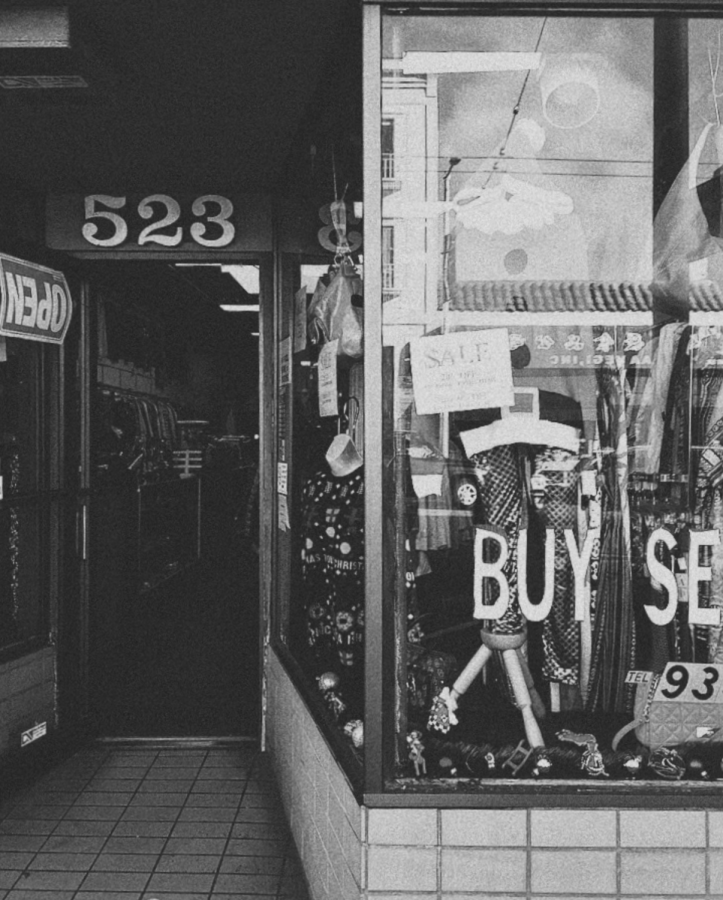A Cheap New Trend
Sometimes, stepping into the Tam hallways can feel like a time warp. I’m constantly drowning in ‘80s-style high-waisted jeans and bright jackets that scream ‘90s. Yesterday, I could have sworn I saw Duckie from Pretty in Pink walking through Orange Court.
Fashion inspiration is taken from past decades, specifically the ‘70s, ‘80s, ‘90s, and early 2000s. However, this poses a problem: we don’t have the stores that were prominent in fashion in those eras, and even if we do, they don’t carry the same things. What horror! But, there is a solution: thrift shops.
Thrift shops have been one of the most visited shopping destinations in the last couple of years due to their diversity in fashion—their retro hand me downs are now covered by many. This variety is a total plus to any edgy, trendy teenager, and allows for everyone to have a unique wardrobe.
Yet, I’m here to ask you to think again. With the gloss of the trend, do we even realize what thrift shops were made for? Other than of course, satisfying our fashion cravings.
The first thrift store opened as a charity shop in 1937. The main goal of this store was to be able to donate clothing to the less fortunate, which, until recently, was still the focus of thrift stores everywhere. However, since thrift shops have become particularly trendy recently, this goal has evolved.
Now, thrift shops that used to be affordable for those who needed cheaper clothing have started to increase prices based on high demand and popularity, entirely negating their original intention. For example, stores such as Goodwill and Salvation Army have been forced to foreclose across the country as trendier, more popular thrifting locations pop up. What was once an activity for low-income individuals has become a trend for fashionable and privileged teenagers. People have been willing to buy items up to 10 times the original price on online thrift stores like Depop, and even in stores like Held Over on San Francisco’s famous Haight-Ashbury neighborhood.
I see the draw for teens to thrift shops. Reusing clothing is very good for our environment, as it’ll reduce your carbon footprint by reducing the overproduction of materials. And hey, it is nice to save a few bucks. However, are we taking away a resource that has been helpful to less fortunate people? If the trend is just starting, how much worse are the prices going to get?
The changes may not seem to be extreme, but when looking at the numbers, it is clear that the popularity of thrift stores has really caused prices to rise, which is quite frankly a huge disappointment to those who depended on affordable clothing.
I myself am part of the problem. I love (cheaply) buying into the originality that comes with vintage clothes, and I enjoy knowing that I try my best to reduce my carbon footprint. I write this piece to shine a light on what might be forgotten in the privileged place that we live in; while we enjoy the ease of thrift shopping, others may have lost an outlet they really needed. While I still struggle to cut back on this trend myself, considering looking for other fashion options in order to help stores like Goodwill and Salvation Army maintain their original purposes.


